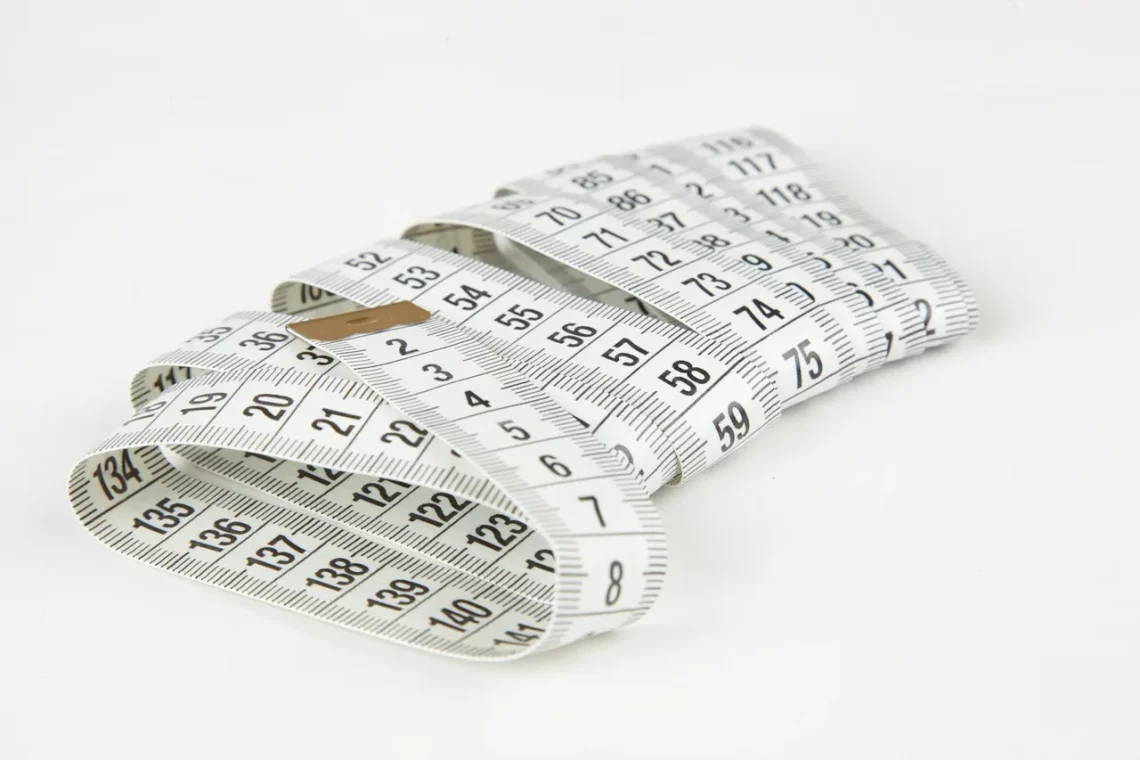-
How Many Kilograms is 185 Pounds? A Simple Conversion Guide
Understanding weight conversions is an essential skill, especially in our increasingly globalized world. Whether you’re traveling, cooking, or diving into fitness, knowing how to switch between different measurement systems can make life much easier. The United States primarily uses the imperial system, which includes pounds, while most other countries rely on the metric system, which uses kilograms. This discrepancy can often lead to confusion, particularly when trying to interpret weight-related information. For instance, if you’re trying to compare body weights or nutritional information from different regions, you may find yourself needing to convert pounds to kilograms or vice versa. In this context, understanding how to convert between these two units…
-
How Many Kilograms Is 185 Pounds? A Simple Conversion Guide
Understanding weight and its conversion between different units can be a significant part of our daily lives. Whether you are tracking your fitness progress, managing your diet, or simply curious about different measurement systems, grasping how kilograms and pounds relate to each other is essential. The metric system, which uses kilograms, is widely accepted globally, while the imperial system, which uses pounds, remains prevalent in a few countries, including the United States. This disparity can lead to confusion, especially for those who frequently switch between the two systems. Misunderstandings can occur when individuals try to interpret their weight in a different unit without a reliable conversion method. This is particularly…
-
How Many Kilograms is 230 Pounds? A Simple Conversion Guide
Understanding weight conversions can be crucial for various reasons, whether you are traveling, cooking, or managing your fitness goals. In many cases, particularly in countries that primarily use the imperial system, people may encounter pounds as a standard unit of weight. However, in much of the world, the metric system prevails, with kilograms being the preferred unit. This difference can create confusion, especially when precise measurements are needed. The challenge lies not only in the conversion process itself but also in understanding the context behind these measurements. For instance, athletes often track their weight in pounds, while health professionals might discuss weight in kilograms. Consequently, having a reliable method for…
- Uncategorized
How Much Does a Refrigerator Weigh? Understanding Weight Variations
Refrigerators are essential appliances in modern households, serving as the cornerstone of food preservation and convenience. With the ability to keep our perishables fresh and beverages chilled, they have become a staple in kitchens around the world. However, when it comes to moving, buying, or disposing of a refrigerator, one key factor often comes into play: weight. Understanding the weight of different types of refrigerators not only aids in logistics but also impacts energy efficiency, stability, and overall functionality. The weight of a refrigerator can vary significantly based on several factors, including its size, design, and the materials used in its construction. From compact models designed for small spaces to…
- Uncategorized
Understanding the Conversion from Pounds to Grains Made Easy
Understanding the conversion from pounds to grains can seem daunting at first, especially if you’re not familiar with the measurement systems involved. The pound is a unit of weight commonly used in the United States and other countries that follow the imperial system, while the grain is a much smaller unit primarily used for measuring the weight of precious metals, grains, and medications. In everyday life, most people think in terms of pounds when discussing weight, whether it’s for cooking, shipping, or personal fitness goals. On the other hand, grains are often overlooked outside of specific contexts, like the pharmaceutical industry or detailed recipes where precision is essential. Despite this,…
- Uncategorized
Understanding the Conversion from Pounds to Grains Made Easy
Understanding the Conversion from Pounds to Grains Made Easy In an increasingly globalized world, understanding various measurement systems is essential for effective communication and trade. The need to convert between different units of measurement arises in various fields, from cooking and baking to scientific research and industrial applications. Among these units, weight measurements often present challenges due to the diversity of systems used across different regions and industries. The pound and grain are two units of weight that can be confusing for many. The pound has been widely adopted in the United States and other countries, while grains are more commonly utilized in scientific settings, particularly in fields such as…
-
Understanding the Weight of the Average Human Head
Understanding the complexity of the human body can be a fascinating journey. One often overlooked aspect is the weight of the human head, which plays a significant role in our overall anatomical structure and function. The human head is not only the housing for our brain but also contains vital sensory organs, such as the eyes, ears, nose, and mouth. Each of these components contributes to the overall weight and function of the head. The average human head is a complex structure made up of various bones, muscles, and tissues, all of which contribute to its weight. This weight can vary significantly from person to person, influenced by factors such…
- Uncategorized
Understanding the Importance of Ounce Scale in Measurement Systems
The ounce scale is a fundamental measurement unit that plays a crucial role in various fields, from cooking to pharmaceuticals. Despite its relatively small size, the ounce is an essential component of both the Imperial and US customary systems of measurement. Understanding how the ounce scale functions and its implications in different contexts can significantly enhance accuracy and efficiency in both professional and everyday settings. In an age where precision is paramount, the ounce scale serves as a bridge between quantities and their practical applications. Whether you’re measuring ingredients for a recipe, calculating dosages for medication, or assessing material weights in manufacturing, the ounce scale ensures that measurements are consistent…
-
Understanding Ounce Scale: A Guide to Accurate Measurement Techniques
Understanding the measurement of weight is fundamental in various fields, from cooking and baking to scientific research and pharmaceuticals. One of the most commonly used units for measuring weight is the ounce, a small but significant measurement that plays a vital role in achieving accuracy in recipes, dosage formulations, and even everyday items. Despite its widespread use, many people remain unaware of the intricacies involved in using an ounce scale effectively. A precise understanding of ounces and their measurements can greatly enhance the reliability of your work, whether you’re a chef seeking to perfect your culinary skills or a scientist conducting experiments that require exact measurements. The ounce, particularly in…
-
Understanding the Value: How Much is 28 Grams?
In our daily lives, we often find ourselves measuring and weighing various items, from groceries to supplements. The measurement of weight, particularly in grams, is a common practice that aids in understanding quantities and proportions. However, the significance of a specific weight, such as 28 grams, can vary depending on the context. This seemingly modest amount can represent different values across various domains, including culinary applications, nutritional guidelines, and even legal considerations. When discussing 28 grams, it’s essential to recognize its equivalence to one ounce, a unit widely used in cooking and food labeling. This measurement has become increasingly relevant in discussions surrounding portion control and dietary recommendations. Understanding what…



























